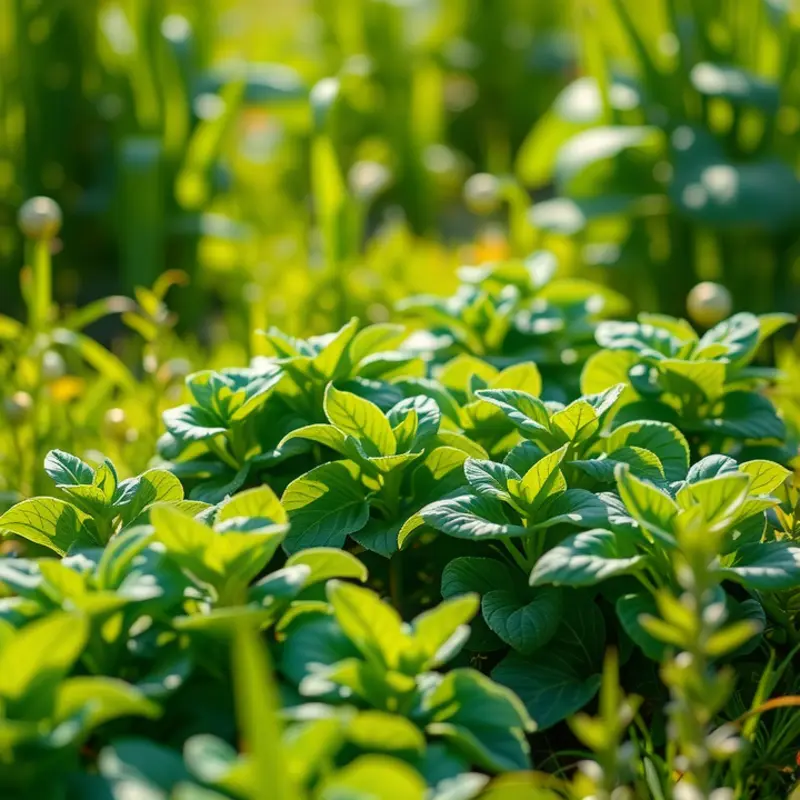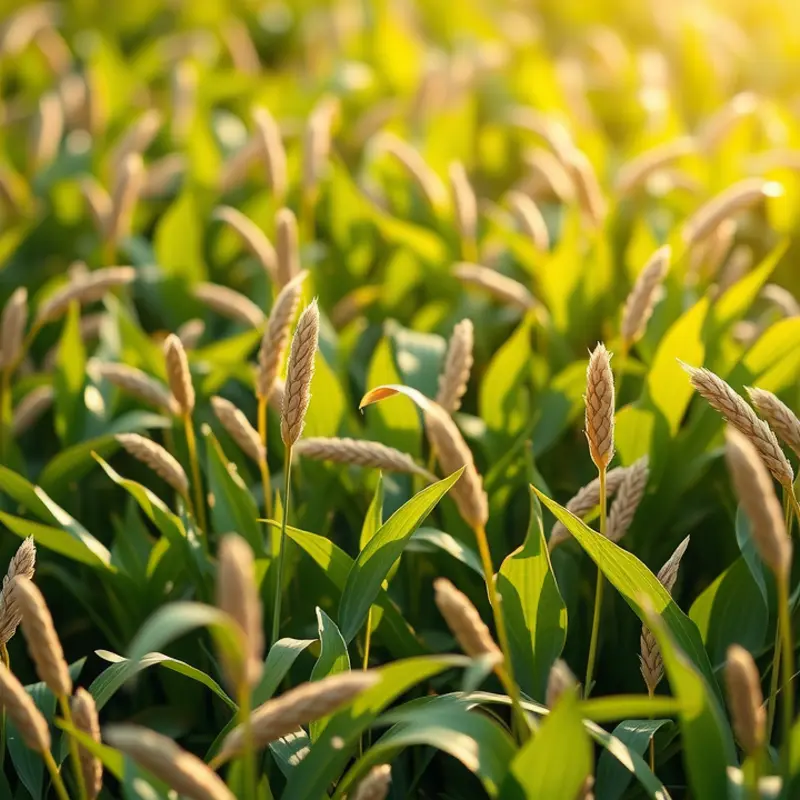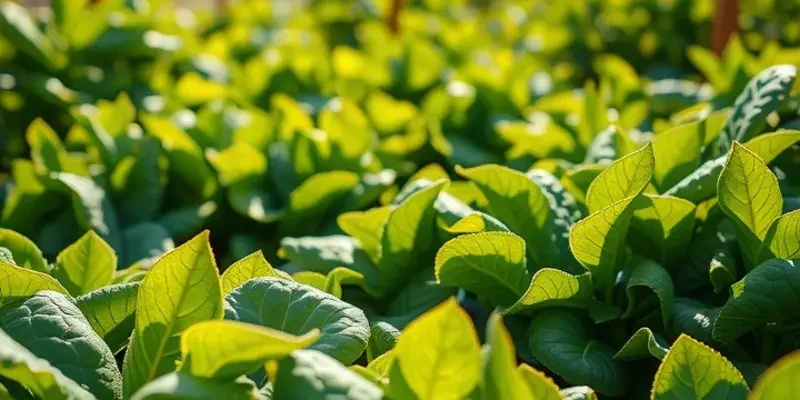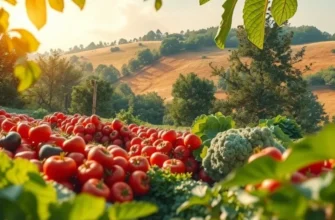Balancing iron intake is crucial for maintaining energy levels and overall health. For individuals embracing a plant-based lifestyle, it is essential to explore iron-rich foods that not only fulfill nutritional needs but also enhance daily wellness. With the right choices, you can easily incorporate these nutrient-dense superfoods into your diet. This guide highlights some of the best plant-based iron sources, alongside practical tips for absorption and overall wellness.
Iron-Rich Vegetables to Fuel Your Day

Iron is a crucial nutrient that supports oxygen transport in the body, making it essential for energy. While legumes and grains are often highlighted, vegetables also play a key role in providing plant-based iron. Including these vegetables in your meals is an effective way to boost your iron intake. Let’s explore some top iron-rich vegetables and how you can seamlessly incorporate them into your diet.
Spinach is a powerhouse of nutrients, offering a substantial amount of non-heme iron. One cup of cooked spinach contains about 6.4 milligrams of iron. To maximize absorption, pair spinach with a source of vitamin C, such as lemon juice or bell peppers. A fresh spinach salad with orange slices or a hearty spinach and chickpea stew are delicious ways to enjoy this verdant green. Blending spinach into a morning smoothie with a citrus fruit can also enhance iron uptake.
An excellent alternative, kale not only provides iron but also offers a range of vitamins and minerals. One cup of cooked kale provides around 1.2 milligrams of iron. Kale can be sautéed with garlic and olive oil, or incorporated into soups for a nutrient-rich dish. Baking kale for crispy chips or blending it into pesto are creative ways to include this leafy green in your meals.
Broccoli is another valuable vegetable, rich in iron and vitamin C, which aids in iron absorption. One cup of cooked broccoli contains approximately 1 milligram of iron. This cruciferous vegetable can be steamed, roasted, or included in stir-fries. Pair it with tofu or in a quinoa salad to create a balanced, iron-rich meal. Broccoli also makes for a perfect addition to pasta dishes, enhancing both flavor and nutritional content.
To get the most out of these vegetables, mindful preparation is essential. Cooking methods such as steaming and sautéing help retain their nutrients. Consider using cast iron cookware, which may increase the iron content in your meals due to iron leaching into the food. For those seeking convenient meal options that leverage minimal effort, this practical ingredient batching guide can help streamline meal prep and ensure iron-rich vegetables are easily accessible in your kitchen.
To optimize iron absorption from plant-based sources, it’s important to keep certain tips in mind. Avoid consuming calcium-rich foods or beverages and high-tannin items like tea or coffee at the same time as iron-rich meals, as these can inhibit absorption. Instead, prioritize the combination of iron-rich vegetables with vitamin C sources for maximum benefit.
Including a variety of these vegetables in your diet not only helps meet your iron needs but also promotes a diverse and nutrient-dense eating pattern. With creative preparation and pairing strategies, you can enjoy the full spectrum of benefits these vegetables offer.
Supercharge with Legumes and Grains

Legumes and grains are powerful allies in the quest for iron. Lentils, chickpeas, quinoa, and various fortified cereals top the list for boosting intake. These foods are not just high in iron but also versatile, nutritious, and delightful to eat.
Lentils, often seen as humble culinary staples, are rich in iron and fiber. A single cup of cooked lentils contains nearly 6.6 milligrams of iron, about 37% of the daily recommended intake for adults. Beyond iron, lentils are high in protein, supporting muscle growth and repair. Their versatility shines in both warm salads and hearty soups, such as a lentil and spinach stew that warms the soul while nourishing the body.
Chickpeas, another legume champion, pack 4.7 milligrams of iron per cup. Their creamy texture makes them perfect for spreads like hummus or tossed as crunchy additions to salads when roasted. Beyond their iron content, chickpeas are rich in soluble fiber, which aids in digestion. Try creating a refreshing chickpea salad with cucumbers, tomatoes, and a hint of lemon for a nutritious meal.
Quinoa stands out among grains for its iron content and all nine essential amino acids, making it a complete protein. One cup of cooked quinoa offers 2.8 milligrams of iron. It can serve as a beautiful bed for stir-fried vegetables or be used in a vibrant tabbouleh, replacing traditional bulgur wheat to keep gluten-free.
Fortified cereals can substantially contribute to meeting daily iron needs, some delivering up to 100% of the daily value per serving. Keep an eye out for options fortified not only with iron but also with essential vitamins and minerals. Pair your choice with a source of vitamin C, like berries or a splash of orange juice, to enhance absorption and enjoy a breakfast that sets the tone for the day.
Integrating these iron-rich foods into your diet can be simple and satisfying. Consider evenings dedicated to international cuisine, such as a hearty Moroccan chickpea stew or a flavorful Indian dal made from lentils. Mix cooked quinoa into your green salads to add texture and nutrients, or indulge in an iron-rich breakfast by topping fortifying cereal with almond milk and seasonal fruits.
As you explore the diversity of legumes and grains, remember the importance of proper storage to maintain their nutritional integrity. Consider reviewing safer storage practices for your kitchen to ensure freshness and sustainability.
Embracing legumes and grains not only supports iron intake but also enhances overall wellness. Their benefits are multifaceted, impacting digestive health, satiety, and even environmental sustainability by promoting plant-based meals. Let your kitchen become a playground of creativity, using these ingredients to support vibrant health and culinary exploration.
Final words
Incorporating plant-based iron-rich foods into your diet is both delicious and beneficial for your overall health. From leafy greens to hearty legumes and grains, there’s a world of flavors that offer substantial iron content. Remember to enhance iron absorption by pairing these foods with vitamin C-rich options, such as citrus fruits and bell peppers. Being mindful of meal combinations can maximize your nutrient intake and support well-being. By making informed choices and diversifying your diet, you pave the way for a healthier lifestyle grounded in nature’s abundant offerings.








